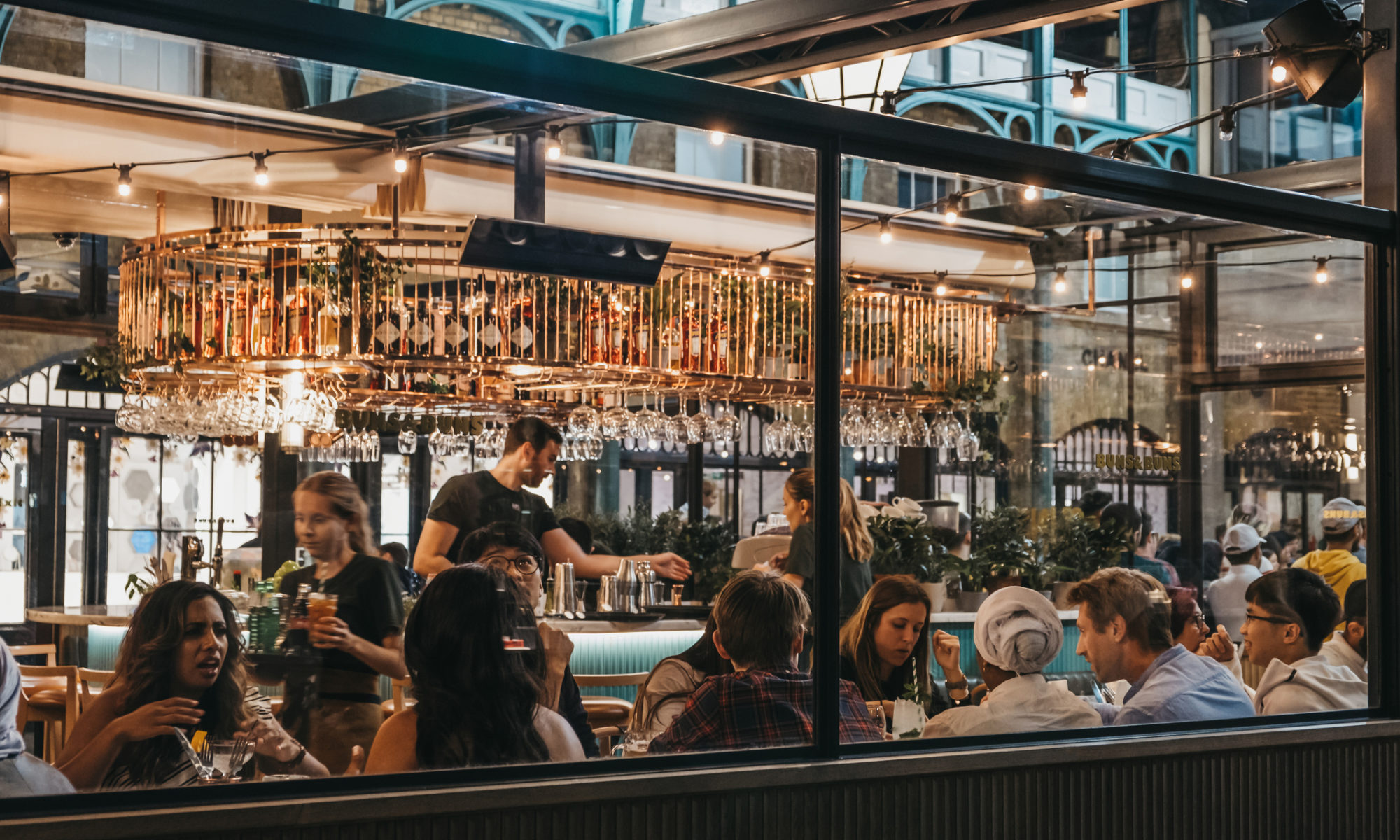People want professionalism, accuracy, and consistency from the law firm that they’re going to trust to handle their legal affairs. This means that a polished, informative layout is all the more important for law firms’ websites than the average personal platform. An engaging site that reflects the quality of your service is key. You already know that you’re going to be giving your clients excellent legal advice, but they don’t!
We know that lawyers are usually busy with cases – they don’t have the time to spend hours building their own website from scratch. But by using a website builder such as Go Sitebuilder, with simple to use features and ready-to-go templates, you can quickly create a professional website that suits your branding.
If your website is the first part of your firm that clients see, you’re going to want it to convey your credibility, solid expertise, and importantly, stand out from competitors. Creating an engaging website is crucial to this, and making some small changes to make your website more effective should not be overlooked.
Choose a website builder that can handle web design
Aside from ensuring that your content is accurate and free from typos, one of the most important (and easy!) ways to improve a lawyer’s website is to turn your thoughts to your web design and make your website elements more eye-catching. This is simple to do with the help of a website builder that can handle the trickier aspects of web design like Go Sitebuilder, which lets you use different elements to highlight important aspects of your page. You’ll be able to create a striking website with infographics, images, and videos to suit your needs, with no prior design or coding experience required.
Use infographics to complement your legal advice
Including legal advice on your website is a good idea that can be useful for potential clients, and shows that you want to help inform the public. For example, using facts and figures in an infographic to highlight a legal fact, such as the number of people that could be accessing a given legal service, will jump out to people visiting your page and may resonate with potential clients, highlighting the relevance of your firm to their legal needs.
Graphics can also be a great way to showcase personal testimonials to the quality of your service and references from large companies that you have helped in the past. This will add to the reputability that you convey to prospective clients, and give them confidence in the services that you can provide. In fact, law firm marketing company The Modern Firm’s research shows that the testimonials page is the most clicked on part of any law website. Big names and complimentary remarks can stand out much more effectively in a nice graphic, so make sure to include them on your website.
Use images for trust and credibility
Include photos of the practicing paralegals, lawyers, and partners at your firm to add an approachable touch to your website. People value transparency from their law firm and want to know what they’re getting. By including a ‘who we are’ or ‘meet the lawyers’ page, you’re letting your clients put a friendly face to a name.
You’re inevitably going to be meeting your clients face-to-face. By showing the lawyers working at your firm, their qualifications and areas of expertise, not only will clients get an idea of who may be the best person to handle their case, they’ll know who to expect when they walk into the office for their consultation. People are attracted to companies with a human touch. Show your clients who you are, stand out from competitors, and let them envision working with you!
Add videos to inform and explain
By adding a video to your website, you can take this personal touch even further. Hearing you explain your services or the steps within a legal process can instil confidence in potential clients like nothing else! A well-edited, professional video showing your team articulating themselves clearly on relevant topics, thus evidencing a thorough grasp of their areas of legal expertise will make a client’s decision to work with you easier. It may even be able to answer some of their questions before they make the call or step into your office. This kind of video content can result in people staying on your website for 60% longer than if you had no video content at all, so it’s a good idea to invest some time in this area.
A variety of informative videos, and infographics can give potential clients a greater understanding of the legal process, provide clarity on their concerns and influence how they approach you, ultimately making your job easier. Whether you’re an established firm, just starting out, or if you are thinking about making the move to becoming a freelance lawyer, having a website is proven to be a powerful business tool.
Have a look at our blog on why lawyers need a website to read more about the benefits – or why not register for a 14-day free trial with Go Sitebuilder, and see how our features can make your professional legal website the most appealing on the web!









